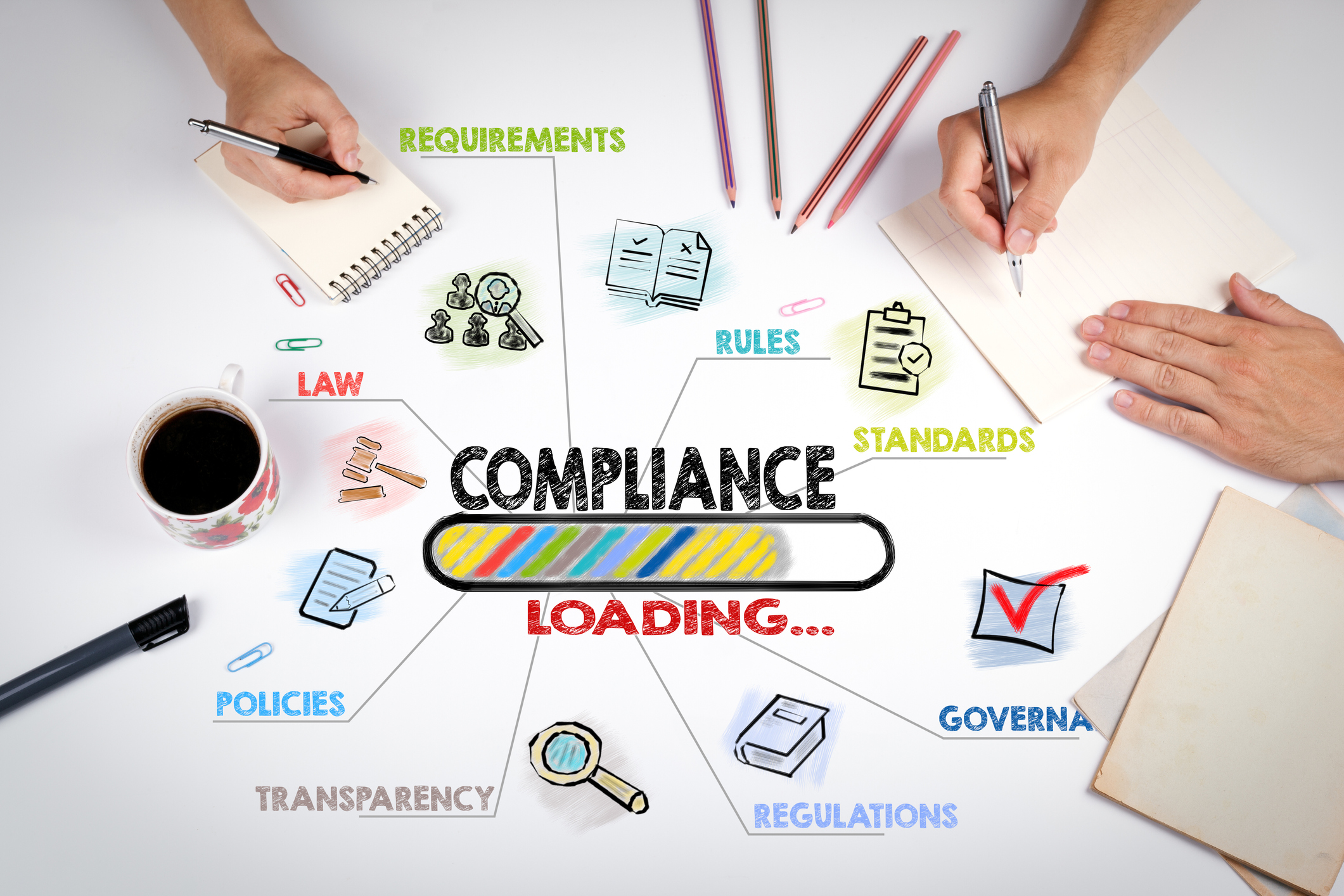
History is littered with companies that have faced a compliance issue that cost, or could have cost, millions of dollars in fines. Falling short of compliance is on the minds of many, but regulatory changes and manual updates can create widening cracks in an organization's process. Companies try to stay abreast of these regulations, and individuals are expected to know and follow the rules. According to "The Cost of Compliance 2018," a new regulatory alert is issued every seven minutes. How can companies keep up with that pace of change using manual processes? Independence compliance is an important subset that relies on a strong data foundation. And in the public accounting space, the industry's large, circuitous network of connections makes it challenging to understand the relationships among individuals, products and organizations in order to remain compliant.
Take for example, when a corporate action event occurs, administrators hurriedly search through a vast database of clients to identify if something needs to become restricted from an Independence compliance perspective. Which branch or subsidiary is involved? Are there impacts to the firm's partners? What rules and regulations should the organization be aware of? These are a few questions that hundreds or thousands of subject matter experts will answer depending on the nature of the event.
What about augmenting this process of uncovering information and making decisions? Highly-regulated, densely connected networks of global operations see transactions and events in the multitude of millions. Staying ahead of market changes, securities holdings, and other Independence compliance issues can get complex.
In order to have support and confidence with Independence activities, the amount of administrative work must be minimized. According to a report titled Automation in the Workplace, workers spend more than 25 percent of their time on repetitive, low value tasks. Survey respondents (66 percent) believe they could eliminate human error with automation. In the case of an individual's securities holdings, responses such as "Oops, I added that late," "I forgot to add that," or "I didn't know I was supposed to add that" can be reduced or nearly eliminated by incorporating automated and self-service downloads of reports by administrators and staff.
The Process
As an event takes place, automation takes over, identifying the security holdings of individuals, listing out those individuals, and flagging compliance with corporate or country regulations as appropriate. The information shared with the firm's partners can help them decide if there's too much risk for the firm to pick up new business. For example, the administrative team searches through the system and identifies 10,000 firm employees are holding a security instrument of a company of interest. The team identifies that 200 of those identified are partners and can further leverage that information to decide whether or not there's too much of a conflict for the firm to pick up the new business. If the firm wants to move forward with acquiring the new business, they will request that these individuals sell their investment. Information from always-on software can help the team quickly analyze information and better understand what's potentially at stake in this scenario.
Now the team is accurately analyzing information, understanding relationships, and can make a go or no-go decision on potential compliance issues. The best part is being able to do this globally, building regulatory jurisdiction into the monitoring and reporting process to cover the entire enterprise.
Keeping you Compliant
Kingland has spent upwards of 20 years working through Independence compliance challenges with some of the largest public accounting firms. Extracting data from various sources, automating workflows and analysis can go a long way toward staying compliant. Complexity alone has caused many to move away from manual processes and tools such as Excel and Word. It's always best to know what's going on in the enterprise around risk and compliance.
At Kingland, we understand the industry better than most, as we've seen and solved many of the toughest, complex Independence issues. Building upon our years of Independence involvement and expertise, we developed the Kingland Platform to enable enterprise data integration for seamless business process management via software. Information is constantly sourced in real time. Silos are gradually removed. Firm partners can see business relationships. Informed business decisions can be made. A multi-dimensional view of the organization and its relationships is surfaced.
See how you can automate Independence today.
These Stories on Compliance Management



No Comments Yet
Let us know what you think